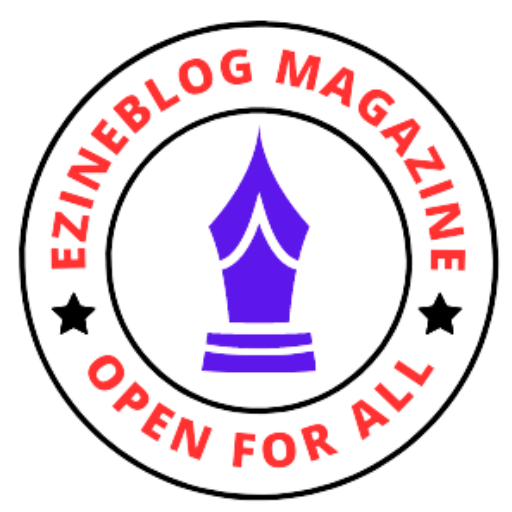The optimization of photos is sometimes neglected when it comes to the production of a good blog post, despite the fact that it is a vital component of search engine optimization (SEO) and user experience (UX). Your blog article might use some images to help break up the text, generate some visual appeal, and make it more interesting to read.
If your photos are not optimized, however, they may have a detrimental influence on the loading speed of your website, the user experience, and the search engine ranking of your website. As a result, in this article, we will discuss the most effective strategies for optimizing images, which will enable you to produce blog articles that are not only aesthetically beautiful but also load quickly and rank highly in search engines.
Table of Contents
Image titles, alt, and formats – Current best practice.
Introduction:
Pictures are essential to making a website seem interesting and professional. Optimizing photos for search engines, however, might be a challenging undertaking. This post will go through the current best methods for optimizing images, and how you may apply them to your website.
Why image optimization is important:
There are several good reasons why you should optimize the photos on your website. In the first place, it improves search engine crawlability by providing more context for your website’s content. Second, in today’s time-sensitive digital world, faster page load speeds are of paramount importance, and optimized graphics may help enhance the entire user experience of your website.
Best Practices for Image Optimization
Here are some of the best practices for image optimization that you should implement on your website:
Titles of Images:
Your image’s title should accurately describe it and relate it to the site’s subject matter. Titles like “IMG001.jpg” are useless to search engines and should be avoided. Use appropriate titles that use your keywords instead. If you have a picture of a red dress, for instance, you should call it a “Red Dress for Ladies.”
Alt Text:
When an image doesn’t load, or when a user hovers over the picture, the text description provided by the alt attribute is shown. Alt text is a crucial part of online accessibility because it allows users who are blind or have low vision to interpret the information presented on your site. What’s more, search engines may learn more about the image’s context from the alt text. If you’re using alt text, it’s important to incorporate relevant keywords without overusing them.
Image Format:
If you want your website’s photographs to look their best, you need to use the correct image format. Although JPEG is the standard for images, PNG is the format of choice for icons and other graphical content. WebP is a modern picture format that is great for website optimization since it offers high-quality images at reduced file sizes. If you want to decrease website load times, compress your photographs without reducing quality.
Size of Image:
When it comes to search engine optimization, picture size matters too. The user experience of your website may suffer if it is slowed down by too many or too high-resolution photos. It is important to compress your photographs and resize them to the correct proportions to decrease their overall file size. In addition, make advantage of responsive pictures to provide the best possible experience across all devices.
Image Compress:
Image compression is the process of reducing the file size of an image without compromising on its quality. Compress jpeg is essential for website optimization, as large images can slow down your website and negatively impact the user experience.
Use Appropriate File Formats:
Image optimization relies on the file format. File formats influence picture quality, file size, and compatibility. Understand the distinctions between JPEG and PNG file formats and pick the proper format for the right picture. JPEGs are suitable for photos and pictures with intricate color gradients.
Lossy JPEG compression reduces file size but loses certain information. JPEGs are good for huge photos with excellent detail. PNGs are superior for text, basic graphics, and transparency. Lossless compression in PNGs preserves information without dramatically reducing file size. Logos and text-based visuals work best in PNGs.
Cache Images:
Caching pictures improves website loading speed and user experience. Caching a picture on a user’s device allows it to be swiftly loaded the next time they visit your website. This may greatly speed up your website and enhance user experience.
CDNs can cache pictures (CDN). Your website’s files—including images—are stored on a CDN’s global servers. When a person accesses your website, the CDN immediately delivers pictures from the nearest server. This reduces website latency, particularly for visitors distant from your server. As the CDN serves the photos, it reduces the demand on your website’s server. This improves website speed and reliability.
Conclusion:
The user experience and search engine rankings both benefit greatly from picture optimization. Current best practices for optimizing images, including titles, alt text, picture format, and size, have been reviewed in this article. By adhering to these guidelines, you may improve your website’s usability and rank higher in search engine results.
If you are like this article please share it on social media. Also visit Ezineblog.org for more articles.

